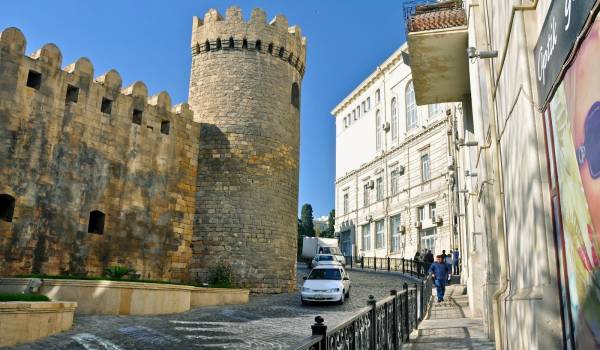
History of Baku
Due to its favorable geographical position on the territory of the Great Silk Road, Ganja was the center that embodies the glorious history and culture of centuries.
Ganja was the main provincial city of the Caliphate in the 7th century, the capital of Arr and Shaddadi in the 10th century, the Seljuks in the 11th century, and the residence of the Atabaeans in the 12th and 13th centuries. Ganja was one of the capitals of the Ildenizids, which reached the peak of its development during the Atabegs.
According to modern Arab historians, the name "Ganja" comes from the word "Kanz". Arab geographer Ibn Haukal wrote in 977: “Janza is a beautiful, rich and victorious city. Its large population is distinguished by generosity, kindness, respect for scientists and immigrants. "
The city was founded in the VI century. After the collapse of the Seljuk state, in the XII-XIII centuries, Ganja became the second capital of the Atabey state. In the 18th century, Ganja was the center of the Ganja khanate. Over the centuries, the city has become the owner of numerous historical and architectural monuments with the national color of Azerbaijan. The religious complex of the İmamzadeh (XIV-XVII centuries), the Juma Mosque (XVII century), and many colorful old houses are preserved here. The city also attracts attention with the birth of the greatest Azerbaijani poet Nizami Ganjavi. A mausoleum is a place that is especially visited by tourists.
There are remains of castle walls, towers, bridges (XII - early XIII centuries), caravanserai (XVII century) - parks and recreation areas of trade caravans, the Khan's residence (XVII century), mausoleums (XIV - XVII centuries), mosques (XVII century) in the historical part of the city "old Ganja". These monuments are witnesses of the great history of Ganja.